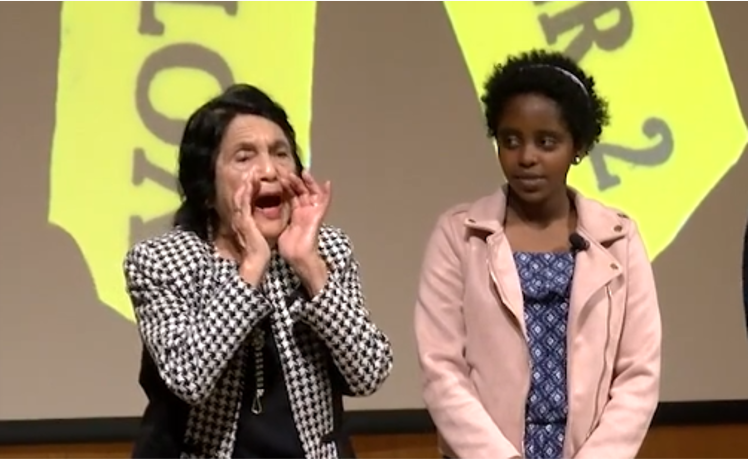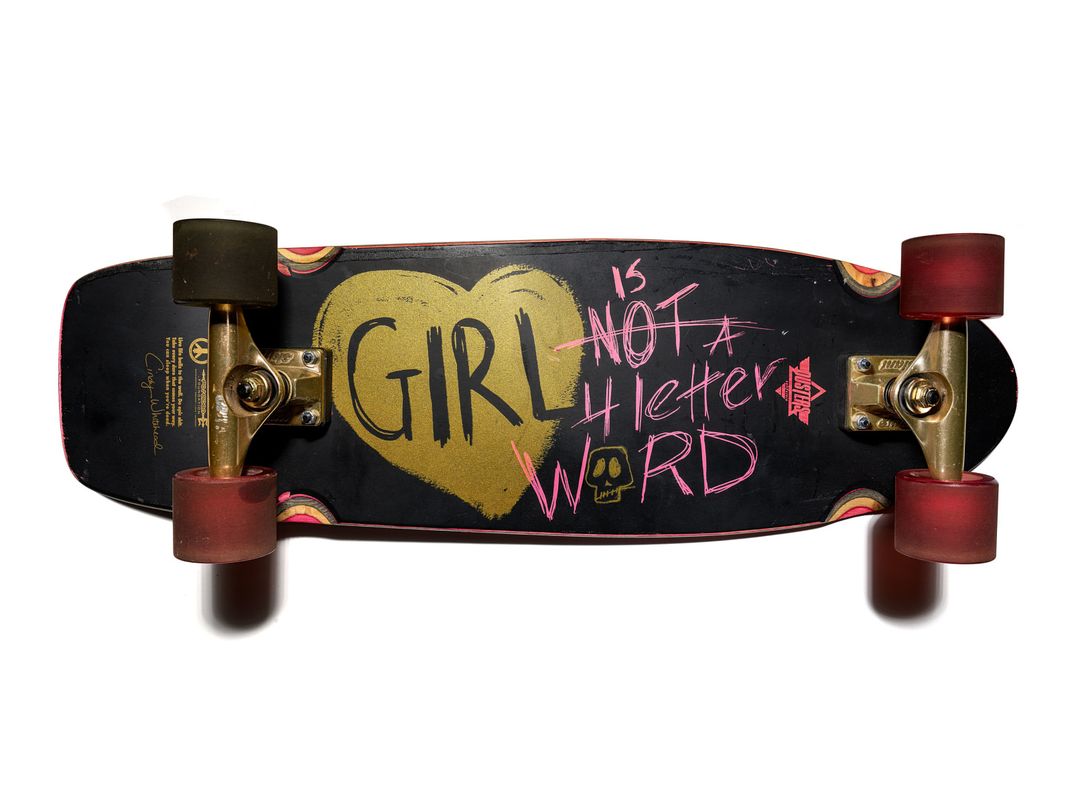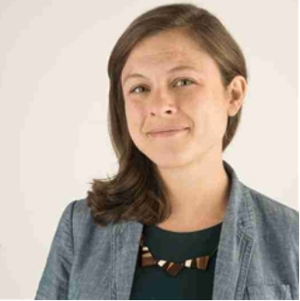Setting the Stage for the Year through the National Youth Summit
The National Youth Summit offers classrooms the opportunity to wrestle with history and take on challenging conversations, setting the stage for ongoing discussions and engagement throughout the school year.
:focal(742x339:743x340)/https://tf-cmsv2-smithsonianmag-media.s3.amazonaws.com/blogging/featured/Girlhood_Education.png)
The beginning of the 2021-2022 school year will undoubtedly be full of anticipation, and for many educators this may include questions of how to re-center students and build community as many return to a closer-to-normal classroom environment. Building community in this year’s classrooms will require (among many things) new norms for student participation, opportunities for students to re-establish bonds with those they may have been distanced from, and space for students to process and reflect on their experiences individually and as a generation.
It is a daunting task and the Smithsonian is here to help. Among the myriad resources for students and educators from the Smithsonian is the National Youth Summit, a special program held annually each fall. The summit, hosted by the National Museum of American History, engages upper middle and high school students nationwide in challenging conversations that bridge past to present. The program builds students’ historical thinking skills and civic competencies, and moreover builds connections across lived experiences through the processes of inquiry and discussion.
While there might not be an easy way to start this school year, the National Youth Summit provides something close to that with ready to use resources, live programming, and serious support from the Smithsonian.

Here are some frequently asked questions about the program:
What is the National Youth Summit?
Starting on September 21, 2021, the National Museum of American History will convene the 9th annual National Youth Summit. The summit is a unique experience in which young people from diverse geographies, ethnicities, races, genders, classes, and lived experiences come together in virtual and in-person discussions about pressing issues that have faced our nation past and present. Anchored by history, this event asks and challenges teenagers to develop a deeper understanding of issues of power and privilege, equity and justice, continuity and change.
Each year the summit directly takes on issues that are historically complex and deeply meaningful, both for individuals and the nation as a whole. The 2021 event will examine the topic of gender equity and will ask participants to grapple with the question: What will the future of gender equity look like?
Why will this matter to my students?
Gender has a powerful way of shaping how we feel, see the world, behave, and relate to ourselves and others. A person’s gender can be a vital, healthy part of who they are, in addition to something that can be a source of struggle. The Summit will explore efforts to achieve greater gender equity in American history through the lenses of sports, politics, fashion, and art. The question and topic of the 2021 summit cannot be understood without looking to the past to guide learners’ thinking, questions, and aspirations.
The program’s guiding questions, along with the historic content, come out of the scholarship and material culture of the museum’s new exhibition: Girlhood (It’s complicated). Opened in 2020, this exhibition features dynamic, undertold, and sometimes rebellious girls’ history. While Girlhood is divided into five main sections (politics, education, wellness, work, and fashion), the connective tissue throughout the content is an examination and discussion of gender equity. A topic that many young people are ready and excited to discuss.

How does this tie into what my students are expected to learn?
The summit content connects to a range of social studies curricula for upper middle and high school students and is aligned to learning standards. The program features historical narratives and primary sources from the past century – beginning with the Civil Rights Movement up through the 2010s.
Following the arc of inquiry learning, the summit begins with a question that students explore through a series of case studies that frame the topic of gender equity through different lenses. As students learn about the circumstances and agency of young people in the past, they are guided to examine these stories critically through questions like ‘how is gender equity shaped by race, ethnicity, and class?’ and ‘how can gendered expectations shape what we think we can do for fun?’. Through this, students build informed arguments and are ready to communicate their ideas in respectful and productive conversations.
How will the National Youth Summit help build community in my classroom?
From September 21 through October 12, teachers and students across the nation will participate in summit discussions. Some will take place in classrooms, with teachers facilitating small and large group conversations with their students using the provided resources. Others may participate by tuning in on September 21 to the program’s live panel discussions and submitting questions to speakers. And others may choose to join the zine-making and civic action planning workshops scheduled for October 12.
Regardless of how teachers and students participate, they have the opportunity to wrestle with history and take on challenging conversations. Engaging with these topics requires thoughtfulness, compassion, critical thinking, and respect for others. The summit provides a structure for students to build and practice these classroom norms, setting the stage for ongoing discussions and engagement throughout the school year.
Okay, so how do we get involved?
Teachers are invited to join this unique program by registering in advance. Once registered, teachers will receive a set of classroom materials and links to the live events on September 21 and October 12.
The National Youth Summit begins with history and ends with a vision of the future. We invite you to join the Smithsonian as we step into a new school year shaped by discussion, history, and agency. Register and learn more here.
